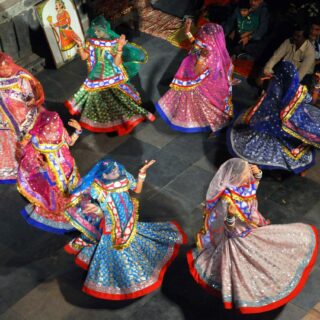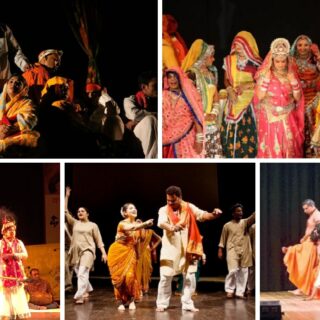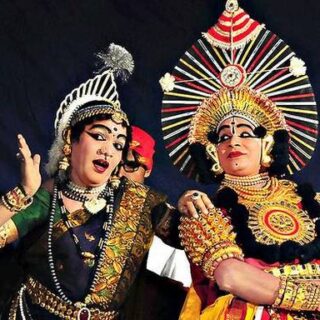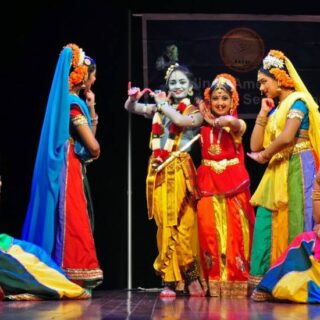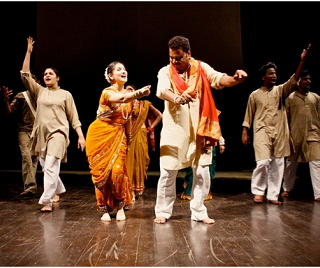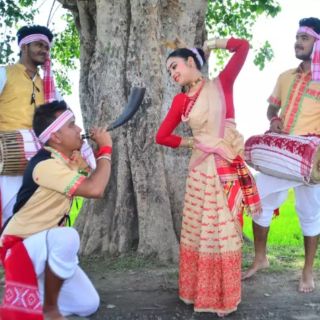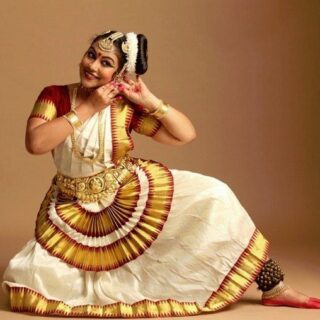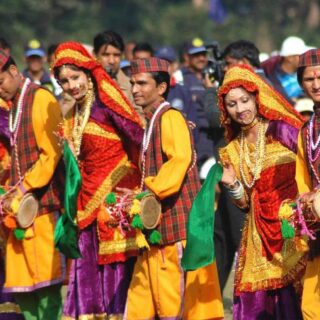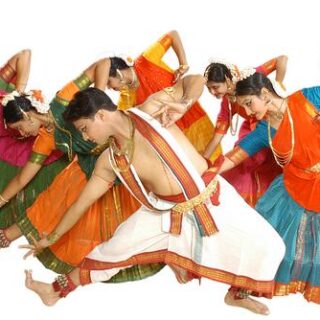Folk Dances of India: Ghoomar
Rajasthan is well famous for its vibrant traditions, enthusiastic dance forms and elegant culture. Ghoomar is just another spectacle of this diversity and culture that started with the Bhil tribe to worship Goddess Sarasvati and is now embraced by other Rajasthani communities. Typically performed by women, Ghoomar gained popularity during the reign of Rajputanas, who ruled Jaipur after defeating the Bhils. It showcases the rich culture of Rajasthan through aesthetically pleasing movement and traditional attire. Tourism in Rajasthan has boosted due to the peculiarities of regions, their manner of dressing, traditions, and folk dances. Ghoomar was a tribal dance that graduated to a folk routine that has now assumed international proportions thanks to a vibrant culture and its recognition as a pride of India.



